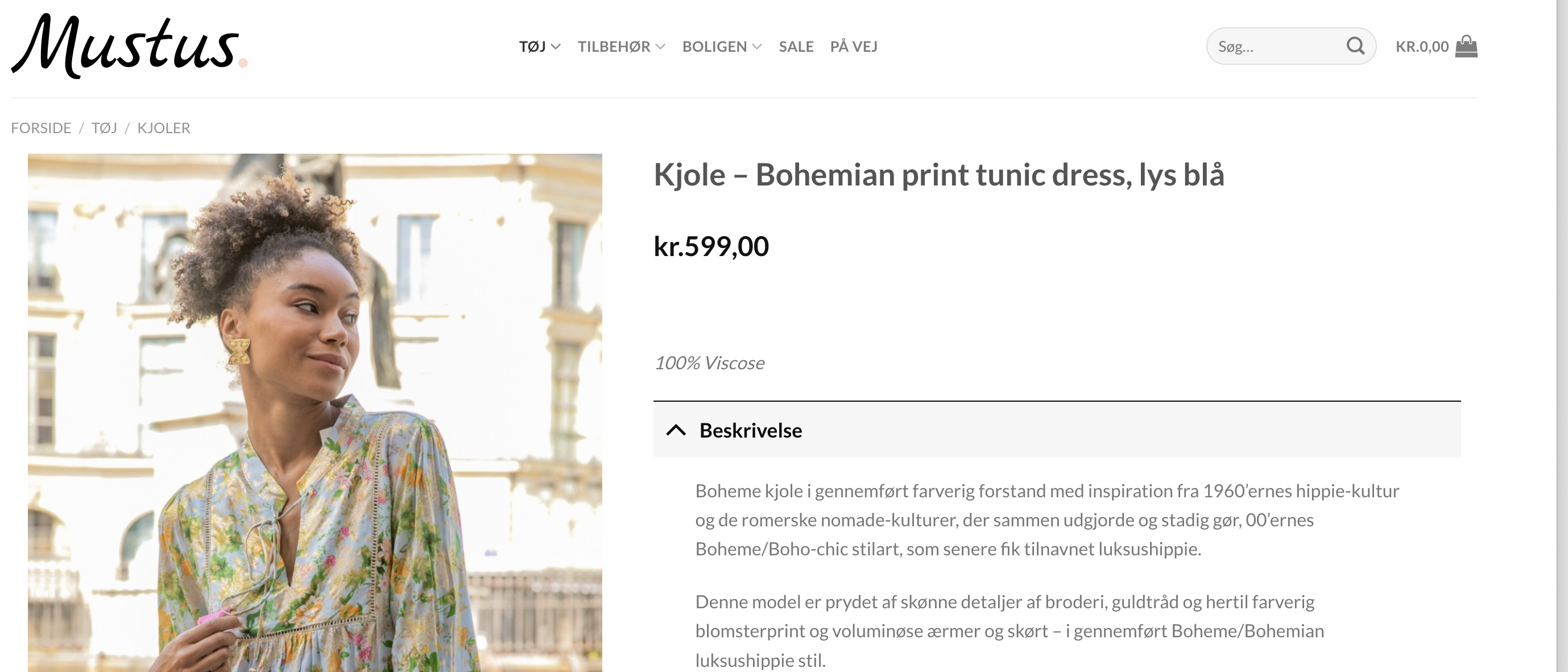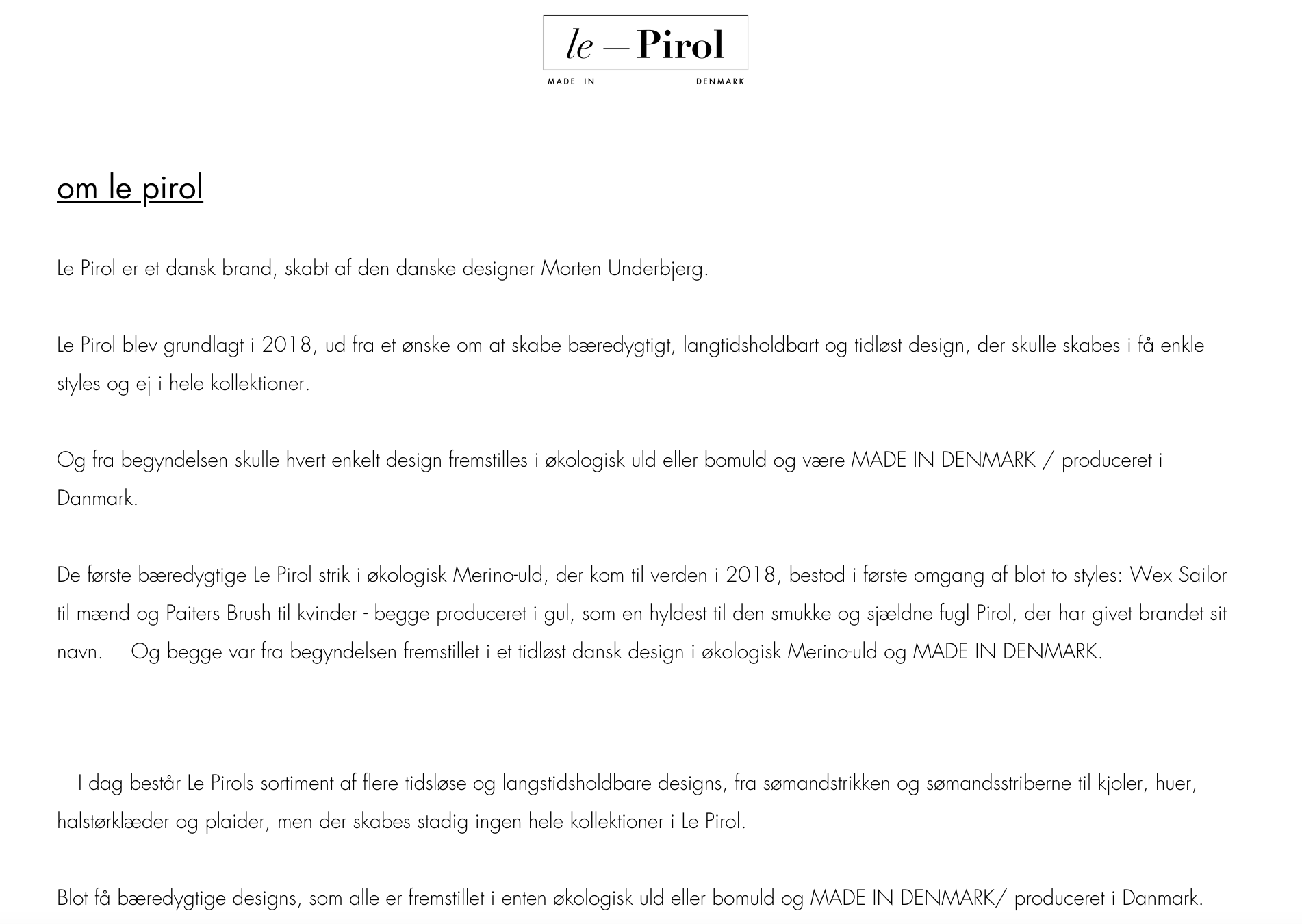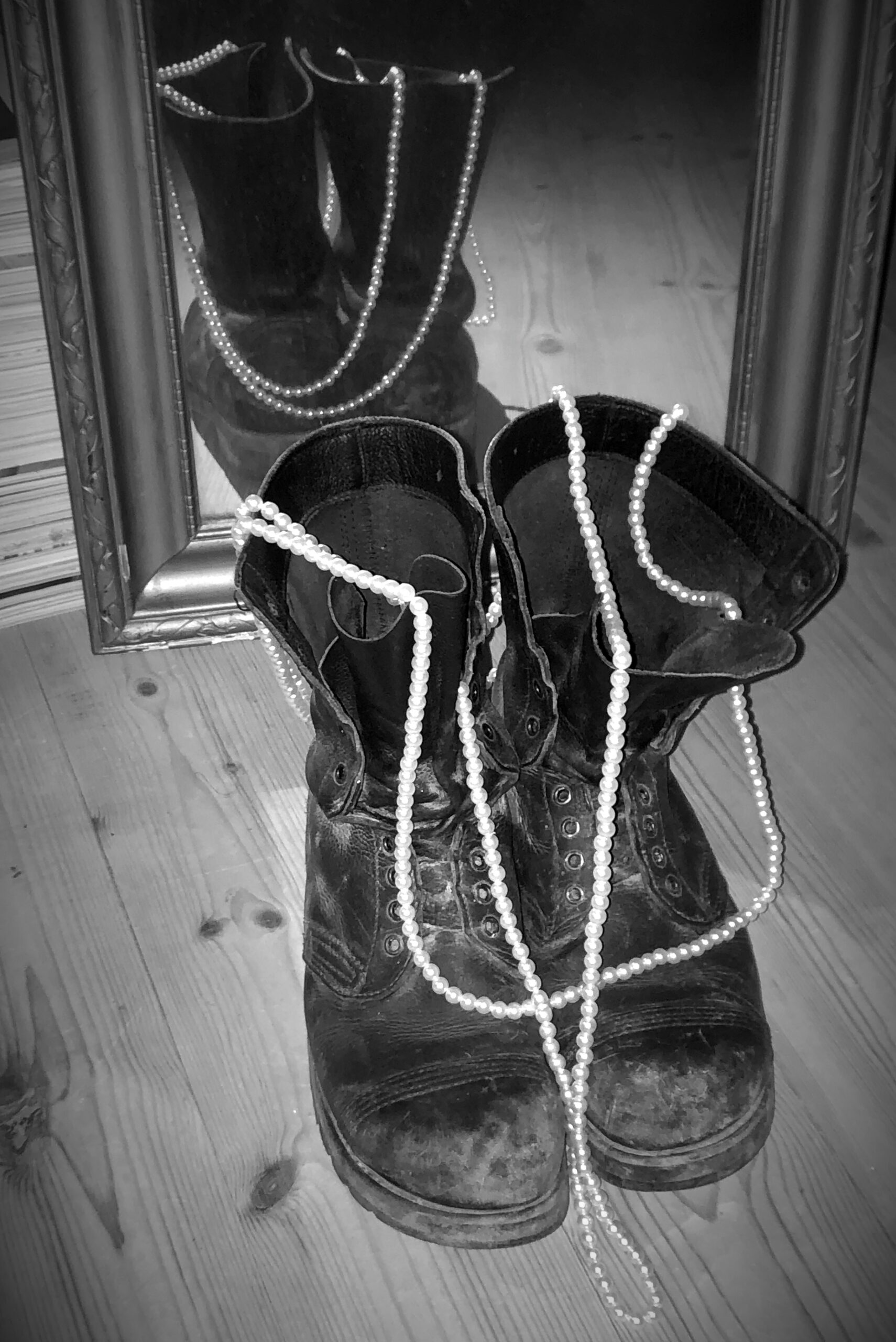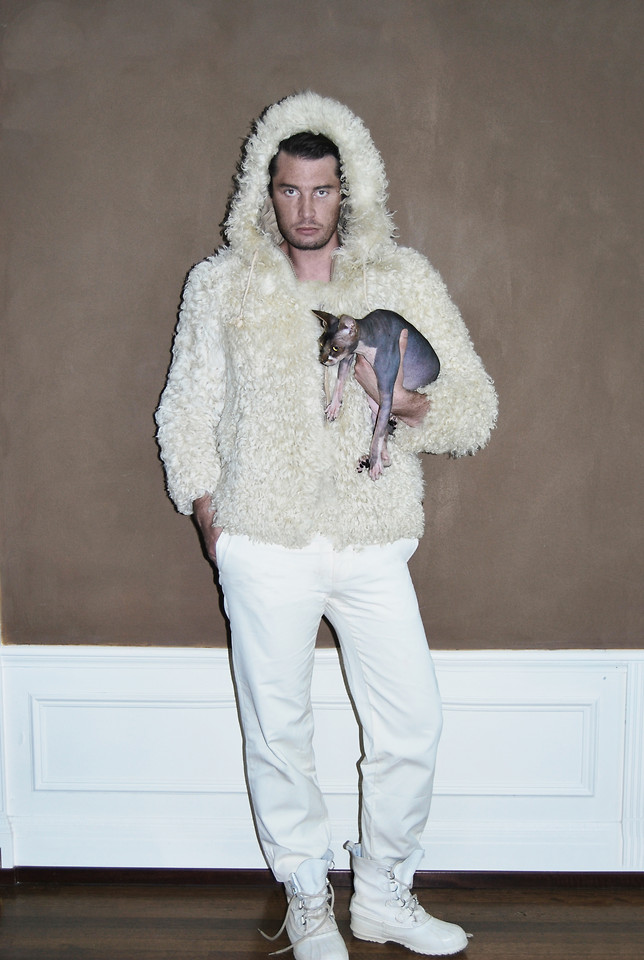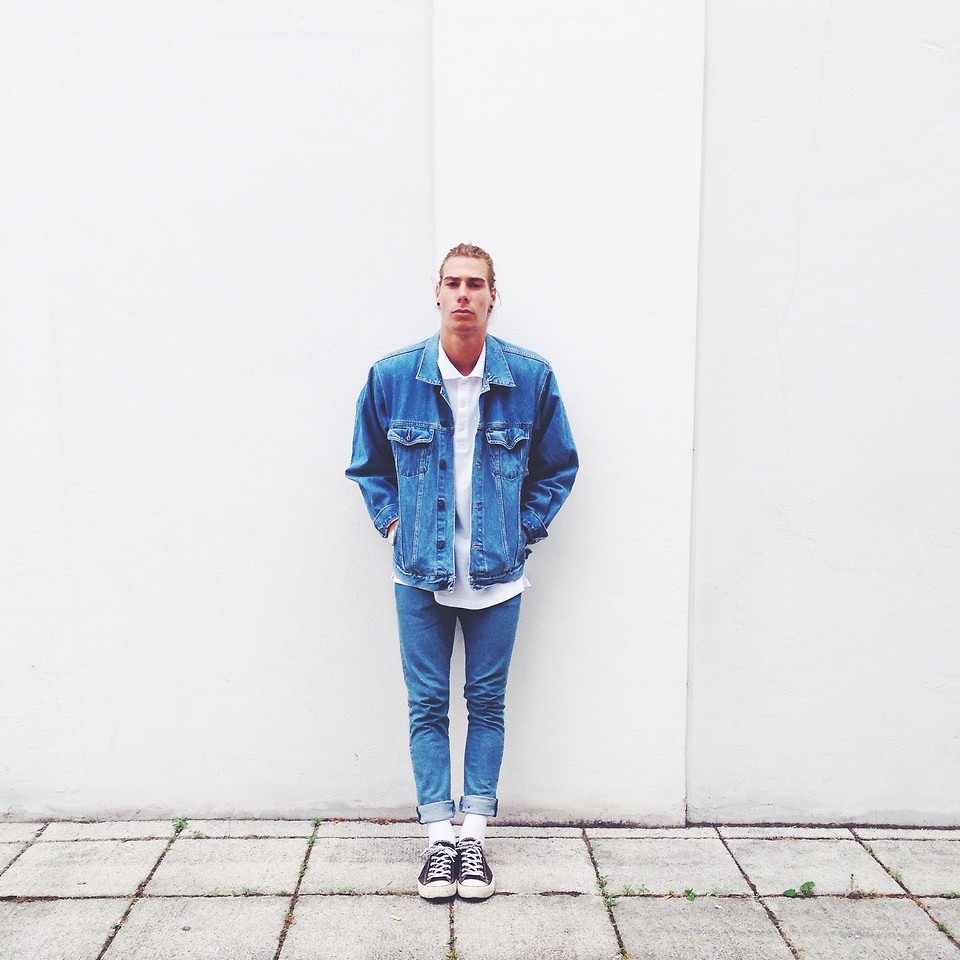Modehistorie, er beklædningens historie, set i et historisk perspektiv, hvor vor historie afspejles i beklædning.
Og beklædning er med til at skabe og fortælle vor historie.
Beklædning og moden afspejler den tid, vi lever i, og den tid vi har levet i.
De tider vi har lidt og de tider, hvor vi har sejret.
Mode og beklædning afspejler enhver følelse af vor tid, den vi har levet og den vi lever i.
Modehistorien, er dermed blevet et lige så faktuelt afspejlende billede af hvor tid og tiden før os, som historien i sig selv.
Og oftest er det beklædning og moden, der kan fortælle os noget om de forrige årtier og i særdeleshed vor forfædre.
Kategorien indeholder tekster og artikler, med et modehistorisk indhold.
Fra historien om vor forfædre, der bar pels og pyjamas og historien om de legendariske Breton stripes/Sømandsstriber, Sømandsstrikken.
Chanels etablering af herreinspirerede elementer i kvindemoden i 1920’erne. Dior’s metervise af stof til fullskirt/nederdele og kjoler i 1947/1950’erne.
Til de militær-inspireret elementer og historien om denim i alle afskygninger.
Artikler og tekster med en reference og fortælling, der involveres i modehistorien.
Artikler og tekster, jeg har skrevet og udgivet enten på dansk eller engelsk. Både som skribent og tekstforfatter.
Tekstforfatning til Webshoppen Mustus - Tekster i form af; Produktbeskrivelser, tekster om og med beklædningens/modens historie, i større eller mindre omfang.
Modehistorien bliver fortalt med lidt om hippielooket, Bohemian/Boho-Chic og sandalerne Espadrilles, der forenes med den uforlignelige Parisienne og de eventyrlige "Mille Feuille" - Et tusinde lag, i modemæssig sammenhæng.

Portræt af skribenten & tekstforfatteren
Navnet Sceneavantgarde, er inspireret fra den oprindelige franske betydning af avantgarde - Avant betyder den i fronten og garde, vogteren eller den militære fortrop.
Og lige så af den nye fortolkning af ordet, hvor udtrykket avantgarde er blevet et udtryk om kunstmalere, musikere, forfatter, modeskabere og andre kunstnere, der eksperimenterer med avancerede ideer (altså tør står i fronten) og vis kunstform er nytænkende, nyskabende og ofte før sin tid.
Heraf blev Sceneavantgarde skabt i 2016, som en scene for de, der tør stå i fronten.
Tekster om Sømandsstrikken, Sømandsstriberne - The Breton Stripes & Om mærket, produkternes rejse fra Økologisk uld og bomuld til den endelige sweater og manden bag Le Pirol
Dengang var vi alle soldater i krig og, som dem i uniform og rustning, bar vi ligeså vor uniform og rustning og i den, kæmpede vi for en bedre verden. En verden, hvor man kunne klæde sig som man ønskede - i modens, forfængelighedens, statusens og/eller personlighedens tegn.
Der var engang, hvor det maskuline køn, var soldaten i fronten, bevæbnet med sko med så lange snuder, at de balancerede på grænsen til det avantgarde. Blonder/kniplinger, så fint og feminint, som kun kunne tælles i hobetal, såvel som sko med høje hæle og makeup, hvor læberne var så røde som blod og hud og hår, så hvid som sne.
Der var engang, hvor det feminine køn indtog fronten og bar, som uniform, overdimensionelle hatte og korset i pyntesygensnavn og sidenhen blev befriet fra snørelivet og tog del i det maskulines køns garderobe.
Der var engang hvor revolutioner ej blot hørte til historiebøgerne, men blev skrevet ind, som en del af (mode)historien.
Der var engang
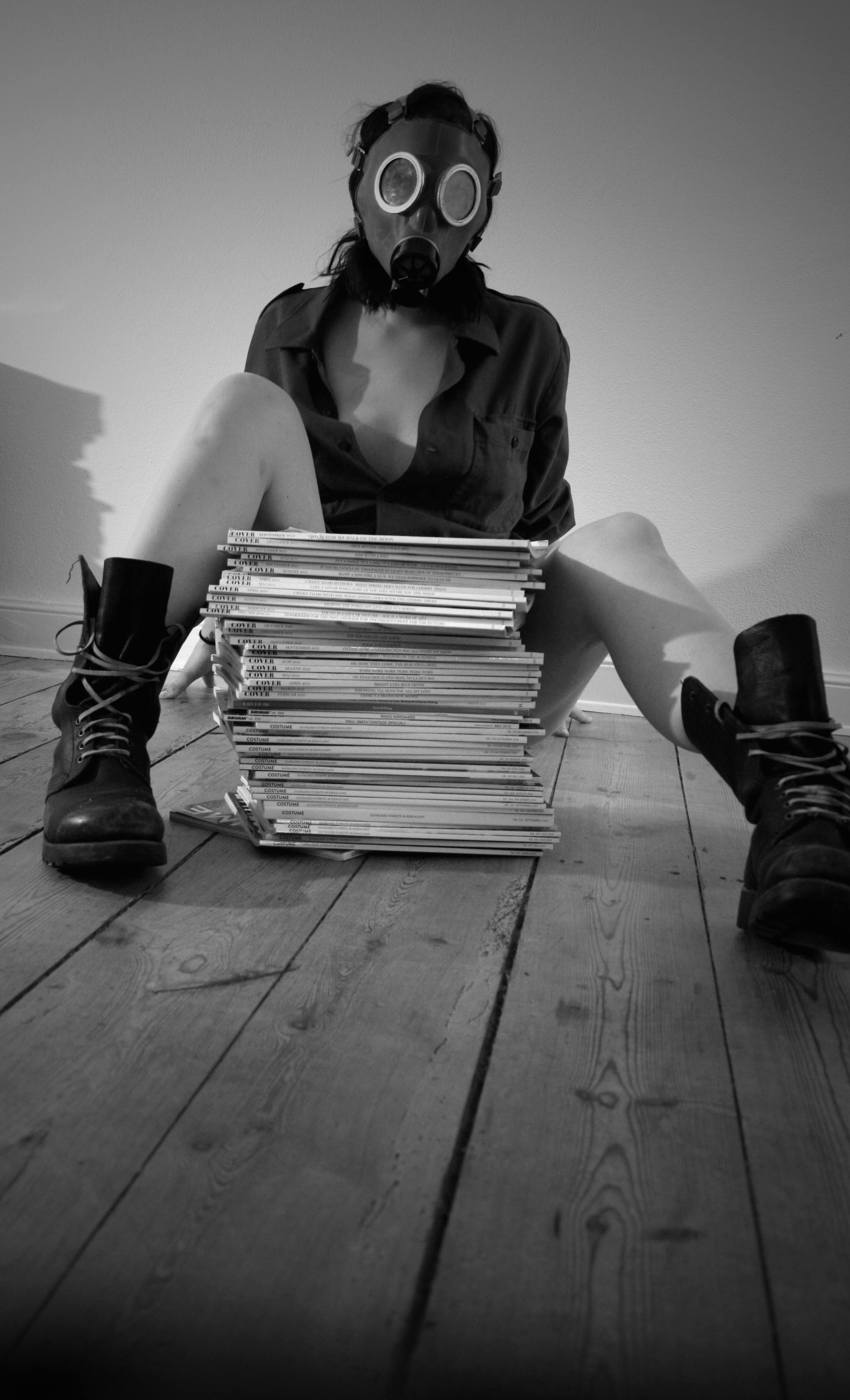
credits: www.sceneavantgarde.com
For years, decades and even centuries, soldiers from almost every nation, were sent to battle, war and even world wars, wearing their required military-uniform. A uniform, worn by the armed forces of various nations, in combat and mud. A uniform, that changed from one country, battle, war and decade to another.
With inspiration from the thirty years war in the 1600s, the naval wardrobe of the french soldiers two centuries later in 1850s, the first world war, the Golf war, the Crimean war. and the second as well, the military scene became the uniform of the avantgarde.

Pressefoto: Mads Nørgaard Copenhagen
The true Mariniére appeared at the seaside of France, in the late 1850’s. Surfacing as a naval wardrobe, that later on appeared on local fishermen, yachtsmen and others enjoying the seaside-life - while wearing a shirt covered in stripes.
It has been seen on the well-known artist Pablo Picasso and the french fashion designer Coco Chanel, who also introduced the classic striped shirt to women’s fashion in 1917, by taking inspiration from the fishermen at the very same seaside of France. And by that, the true Mariniére became a solid part of the fashion scene.
Men have been wrapped in fur for ages and are now once again.
Since the border between X and Y have been erased in the scene of fashion, fur is no longer related to gender.
In fact fur, as a garment or material for clothing, has a long history and mankind have worn this beautiful and warm material for millennials, with no affiliation to gender. It is known to be the oldest material used for clothing and can be dated back to the times of some of our oldest ancestors - The Neanderthals from the Pleistocene in the stone age, millennials ago.
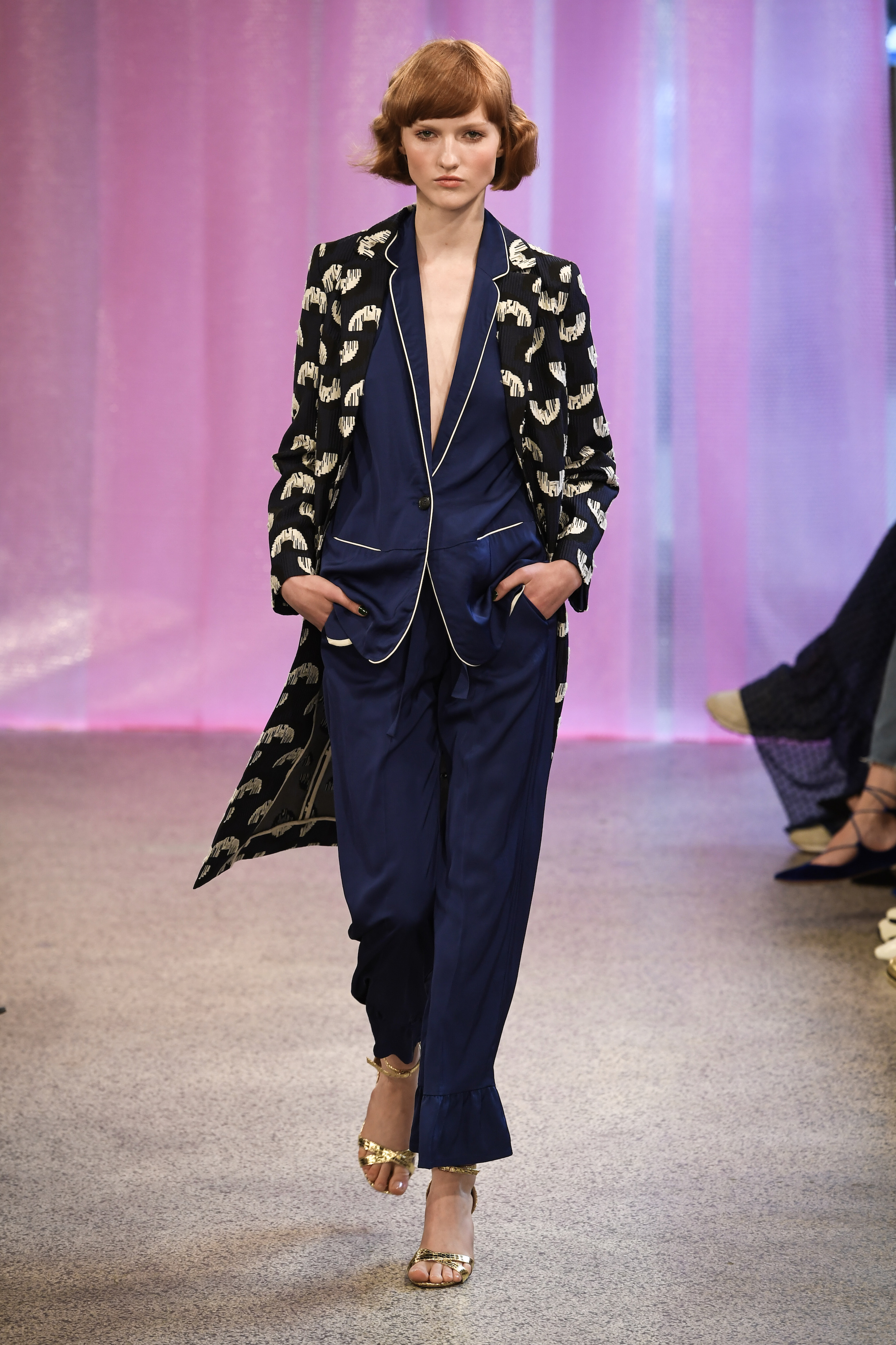
From Baum und Pferdgarten SS17 collection - Photo: www.copenhagenfashionweek.com
With relations to casual evening wear, sweet dreams and bedtime storries, the pyjamas, which used to belong to the private and intime part of life, often held inside the walls of the bedroom and the secret and most intimate part of every woman’s wardrobe, for centuries, appeared on the fashion scene and then on the streets.
Conquering it’s former glory and taking us back to where it all began.
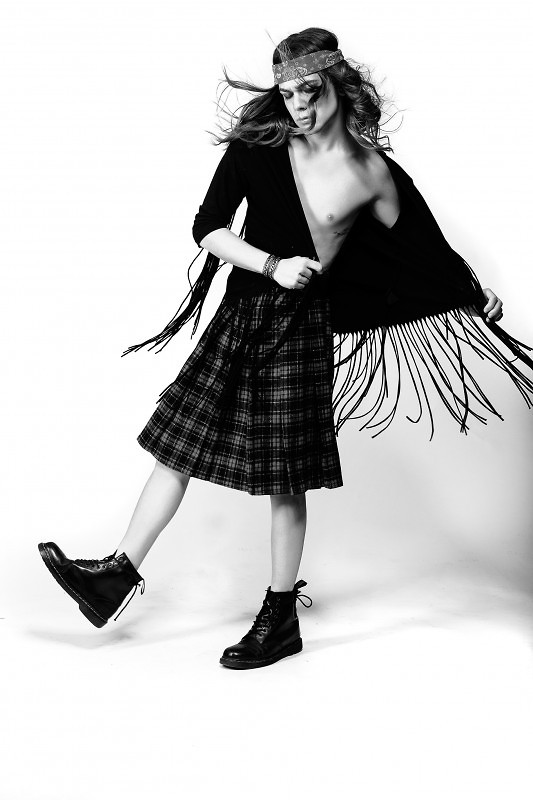
Picture: https://lookbook.nu/look/5869103-Bandana-H&M-Cardigan-Schwarzer-Reiter-Berlin
The androgynous look or the connecting of the masculine and feminine sides, by moving the feminine over to the masculine and vice versa, where lines between gender had been erased or at least had become invisible to the naked eye a long time ago, still takes it dominating part on the fashion scene!
The fashion revolution of our time, that chance the view of fashion!
The eyes are still watching the silhouette and new fashion scene on the catwalk faithfully and the focus is more or less intact, but nothing is as before. Before, when everyone’s eyes were on the catwalk and the fashion designers latest collections, where they never change direction – even for a second.

